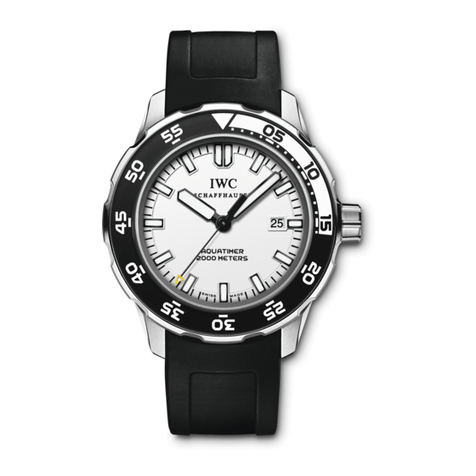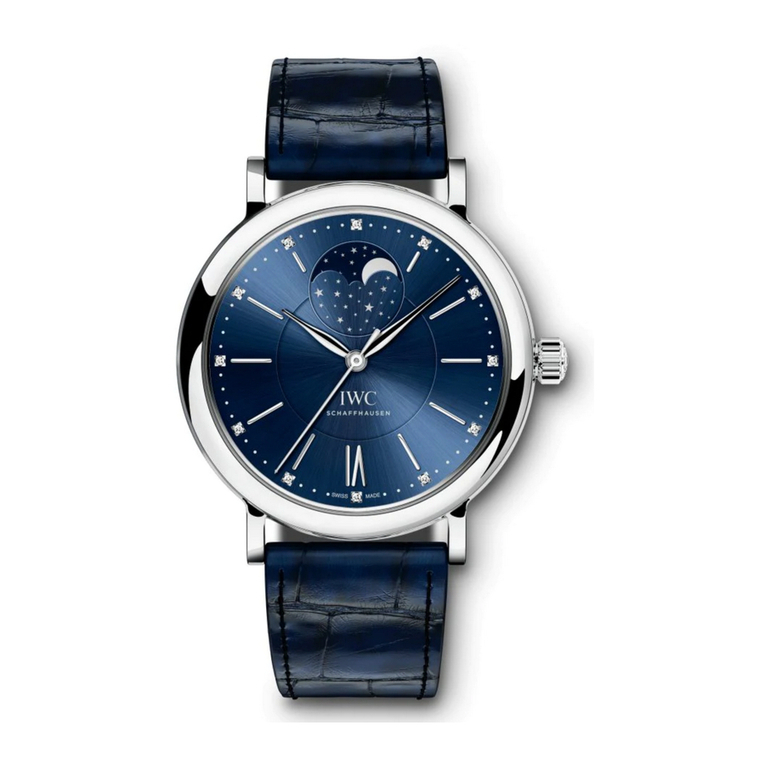iwc GST AQUATIMER 3536 User manual
Other iwc Watch manuals
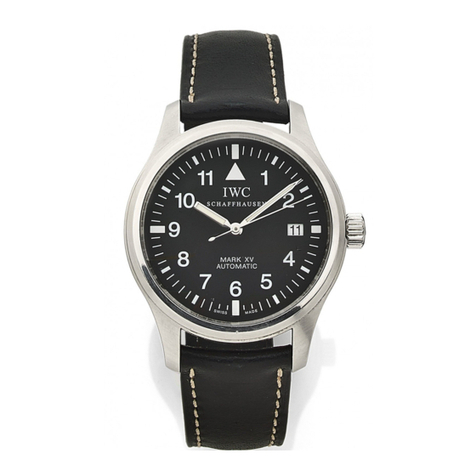
iwc
iwc MARK XV User manual

iwc
iwc PORTOFINO MIDSIZE AUTOMATIC DAY & NIGHT User manual
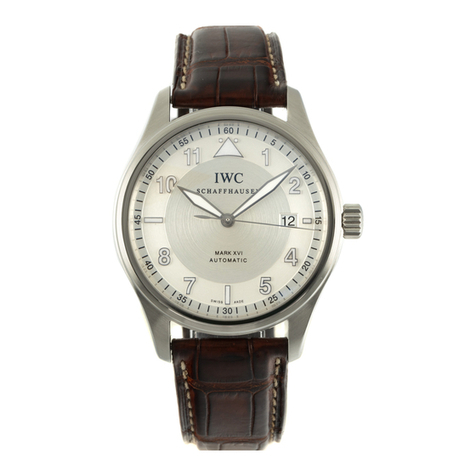
iwc
iwc SPITFIRE MARK XVI User manual

iwc
iwc IW3565 User manual

iwc
iwc IW3921 User manual

iwc
iwc Pilot's Watch Automatic Spitfire User manual

iwc
iwc Portugieser 3712 User manual

iwc
iwc IW3251 User manual

iwc
iwc INGENIEUR CHRONOGRAPH SPORT User manual
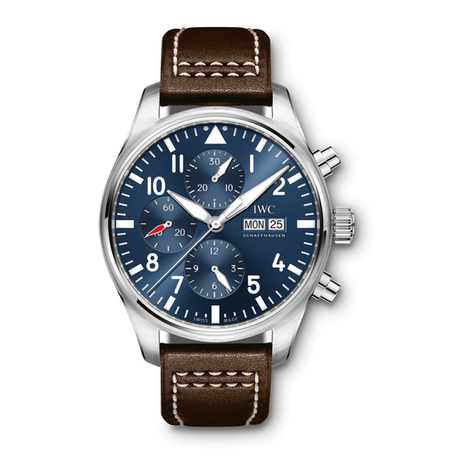
iwc
iwc IW3777 User manual
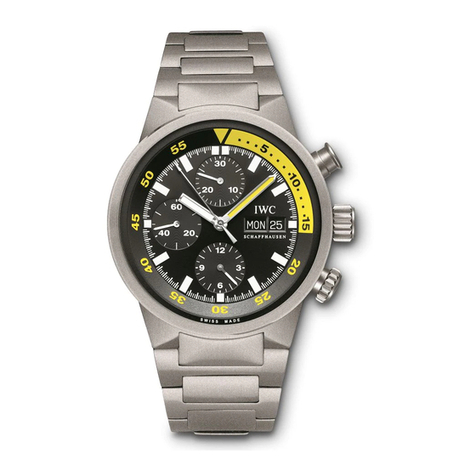
iwc
iwc AQUATIMER CHRONO-AUTOMATIC Operation and maintenance manual

iwc
iwc Ingenieur User manual

iwc
iwc Portuguese Tourbillon Hand-Wound User manual

iwc
iwc DA VINCI User manual

iwc
iwc 3818 User manual

iwc
iwc IW397203 User manual

iwc
iwc Ingenieur Dual Time User manual

iwc
iwc AQUATIMER AUTOMATIC 2000 User manual

iwc
iwc PILOT'S WATCH PERPETUAL CALENDAR CHRONOGRAPH User manual

iwc
iwc AQUATIMER DEEP THREE User manual
Popular Watch manuals by other brands

Casio
Casio QW 5513 Operation guide

Piaget
Piaget 560P Instructions for use

Armitron
Armitron pro sport MD0346 instruction manual

West Marine
West Marine BlackTip 13411293 Instruction Booklet and Care Guide

Jaeger-leCoultre
Jaeger-leCoultre HYBRIS MECHANICA CALIBRE 184 manual

FOREVER
FOREVER iGO PRO JW-200 user manual
